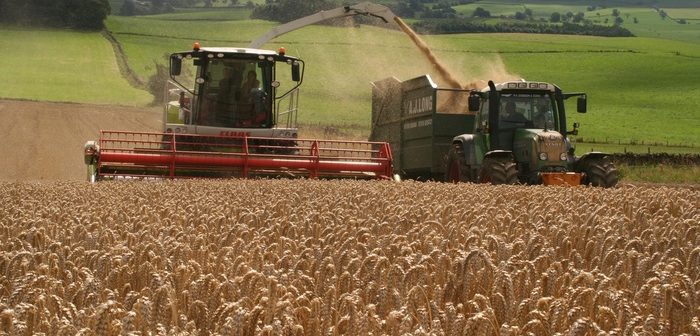Dairy farmers making multi-cut grass silage this summer can complement perfectly what ends up in the clamp by alkalising at harvest any home-grown whole (grain and straw) cereal crops to make Alkalage.
That’s the message from home-grown feed alkalisation specialist FiveF Alka, who points out that making astute decisions pre-harvest about feed crops already in the ground will certainly reap dividends during what is already being predicted as a challenging winter.
“The current trend towards making more multi-cut grass silage – which undoubtedly leads to more good quality, short cut, low fibre, low pH forage in the clamp – means milk producers really need something starchy, fibrous and alkaline (high pH) to go with it; so Alkalage actually ticks all the boxes. Unlike with grass silage, you also gain a winter dairy ration protein boost and don’t suffer any fermentation losses,” points out Rob Smith from FiveF Alka Limited.
In addition, the relative lack of rain during April and May means that some early silage cuts have been relatively disappointing yield-wise because of the very dry early season grass growth conditions.
“Some farms are already talking about having to open clamps early because they have so little grass. This is another argument for boosting your winter forage stores by making Alkalage,” he says.
Mr Smith explains that through alkalisation you are also adding some highly concentrated protein (at 40kg per tonne) to stabilise and enhance the harvested whole cereal crop during storage. Alkalisation allows dairy farmers to feed more in the ration without triggering acidosis.
“Essentially, this is a dual cash benefit and some farmers are even able to double or triple the standard cereal crop inclusion rate and still deliver the final feed protein level they require – all without causing any problems for the cow,” he says.




